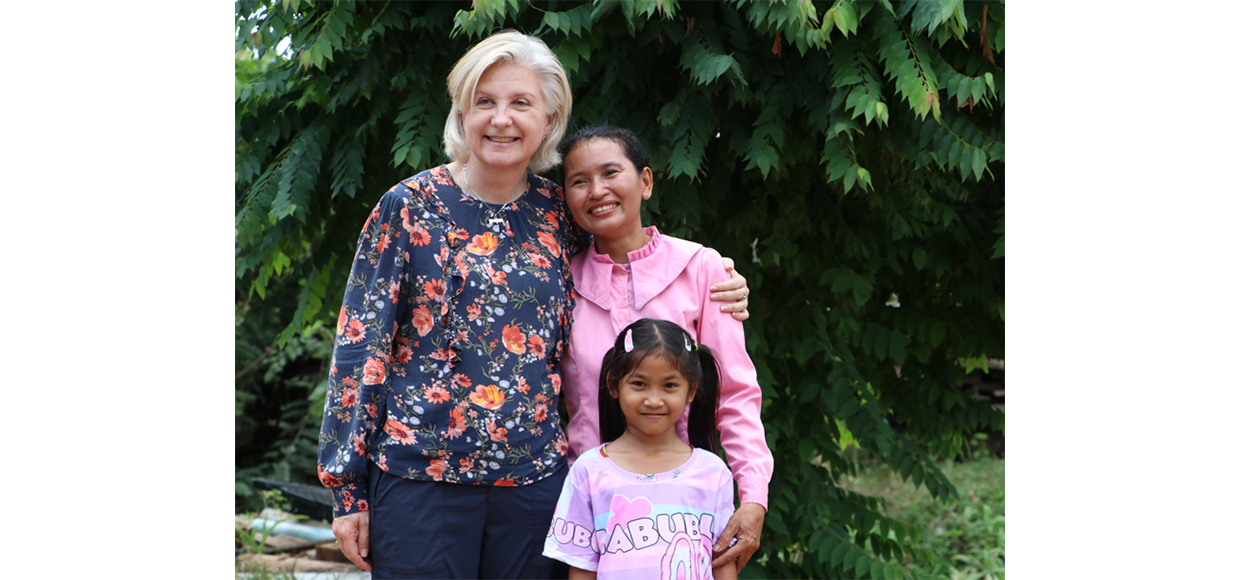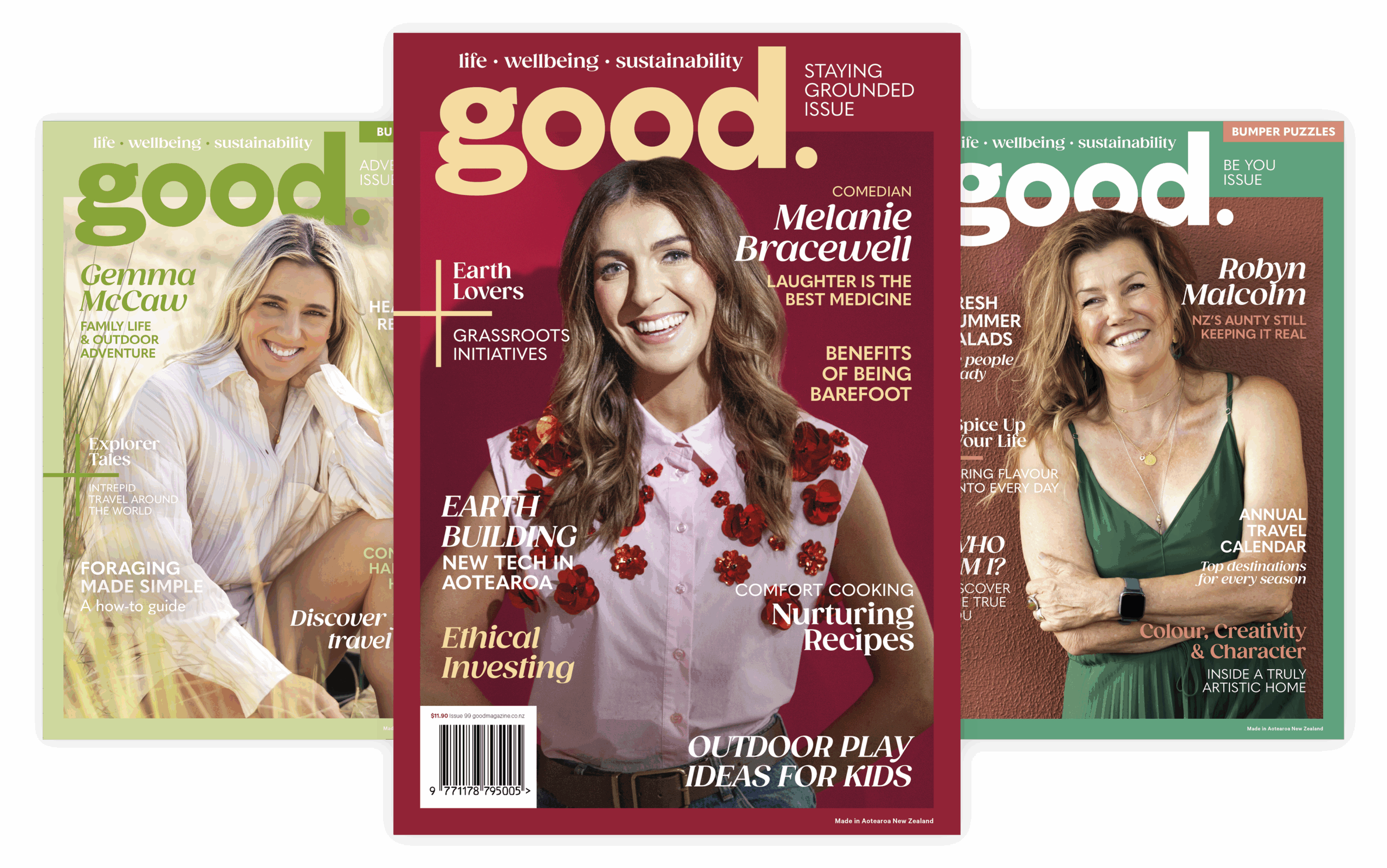Waterless formulations are the future of skin and haircare and Gaelle Thieme is leading the charge.
Water is the main ingredient in the majority of cleansing and skincare formulas, accounting for up to 80-95 per cent.
It’s the reason preservatives are added to skincare because water attracts bacteria.
More than 785 million people globally also struggle to find clean water.
All good reasons to create a waterless range of powder-based skin and hair products says Dust & Glow founder Gaelle Thieme.
Her new range of waterless powder-based products are revolutionary as well as clean, vegan, sensorial and potent and packaged without single-use plastic.
Each bottle contains approximately 60 washes and is the equivalent of three bottles of liquid product and can simply be activated by the user with water from the tap.
Dust & Glow has aligned with the UN Sustainable Goals (Goal 6: Clean water and sanitisation, Goal 14: Life below water and Goal 12: responsible consumption and production.
With every purchase it is also donating one per cent of gross sales to help bring access to those in need with not-for-profit charity: water.
Thieme’s motivation for removing water from her formulations is multi-pronged.
Firstly, it’s good for the planet.
Not only is Dust & Glow saving water, but it has a lighter carbon footprint when it comes to shipping.

Its aluminium bottles can be put back into circulation but are designed to be kept and refilled at home with certified home compostable refills.
Even the label has been carefully considered and is made from limestone, which doesn’t use any water in the production process and is made right here in New Zealand, like the formulas.
The other reason is her desire to shake up the beauty industry.
Adding water to formulas means the active ingredients are diluted and since water can easily grow bacteria, there is a need to add chemical preservatives.
By removing water from the formulas, Dust & Glow has also removed the need for preservatives and the added benefit is that ingredients such as ascorbic acid are fully potent in their powder form and activated with each use when water is added.
“There are two reasons why water is used in skincare,” says Thieme. “The first is it’s cheap and if you add 90 per cent of water you only have to worry about the 10 per cent of what’s left in the formulation. The second is about texture.”
Achieving a great texture for a nice consumer experience was not an easy task for Thieme and the scientists she worked with to develop Dust & Glow, but they got there.
Thieme’s background is in marketing and product development, including 10 years in the beauty industry working for both L’Oréal and Trilogy.
“I’m not a scientist but working in those roles I received a lot of technical training on what ingredients do, and how they work,” she explains.
It took her a while to find a formulator and scientist who could help her perfect her ideas because it’s a new concept.
She began by contacting every single cosmetics manufacturer in New Zealand.
Thieme’s understanding of ingredients was another reason for creating the range.
“When I worked in the beauty industry I spent a lot of time reading, learning and time in the labs to understand the products, and then, it’s like, urgh, is that really what I’m putting on my skin?” she says.
“I found I was on a pathway that I was not feeling comfortable with. There’s a lot of greenwashing everywhere, where you’re talking about two ingredients that you have that are really good, which account for 0.5 or 0.2 per cent of the product and forget to mention the 20 others that are in the formula that are not so good.”
Becoming mum to Clara, now aged four, has also made her more eco-conscious as well as conscious of what she’s putting on her daughter’s skin.
She had a, ‘hold on a second, if it’s not good enough for her, how come it’s good enough for me?’ moment.

For these reasons she has kept her formulas minimalist and is transparent about each of the 100 per cent naturally derived active ingredients.
“We know where they all come from, though I don’t claim they all come from a tree because they don’t. Surfactant sodium cocoyl isethionate is derived from coconut but still needs to be processed,” she says.
Thieme has done her best to use mostly New Zealand ingredients such as blackcurrant and kiwi fruit powder, though the sodium cocoyl isethionate is not “because we don’t have enough coconuts”.
New products Thieme is currently working to bring to market are leave-on formulations.
Her dream is for people to have an ‘oh wow’ moment and rethink how they can make a difference with basic things such as what shampoo they use every day.
And, providing people in need with basic water access.
“Most factories that produce cosmetics don’t use water from the tap, they use sterilised water, which is shipped to the lab in plastic containers, then they put it in a bottle and ship it around the world again and then you end up using it in your bathroom. That’s a lot of moving around and wasted water for no real reason.”






